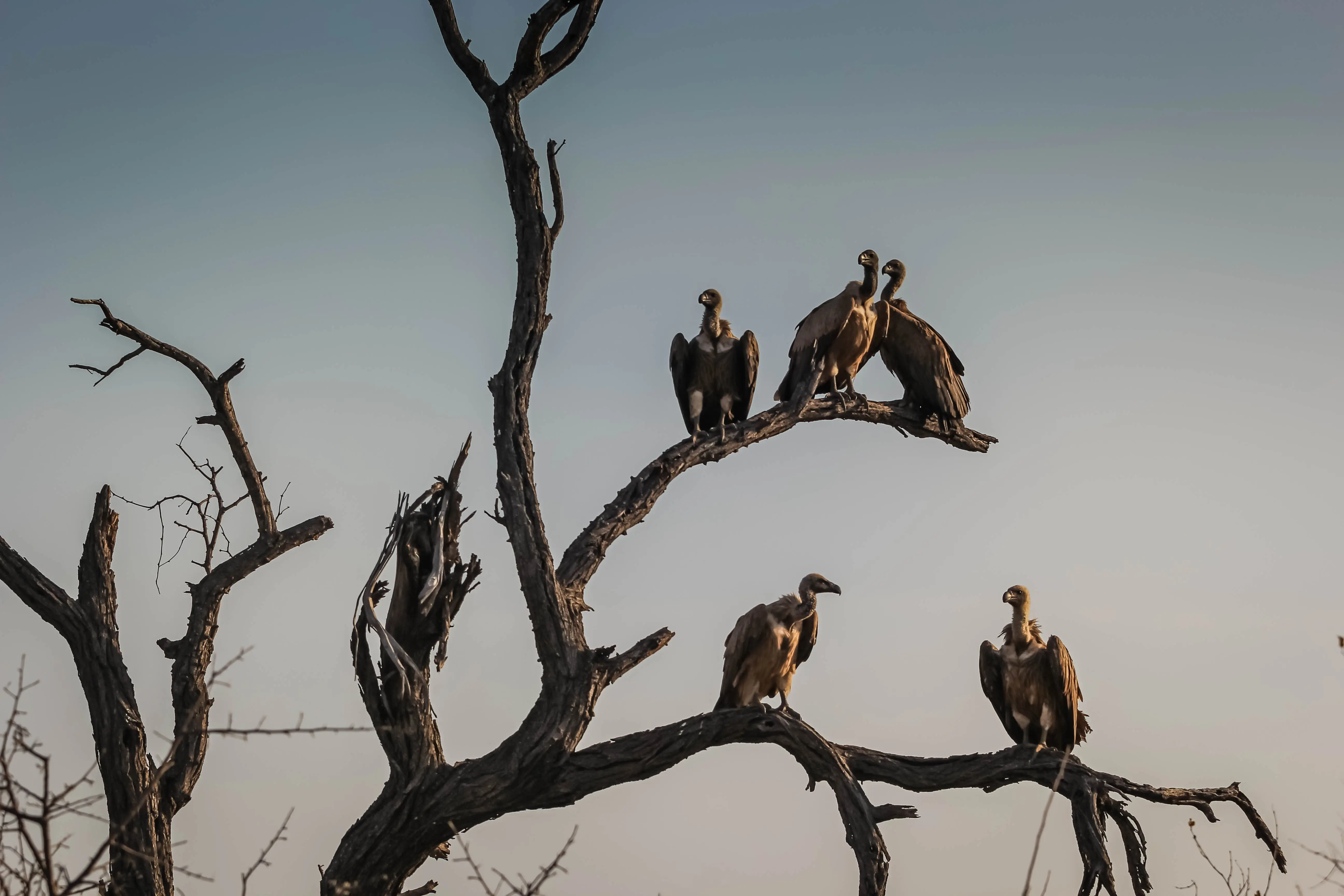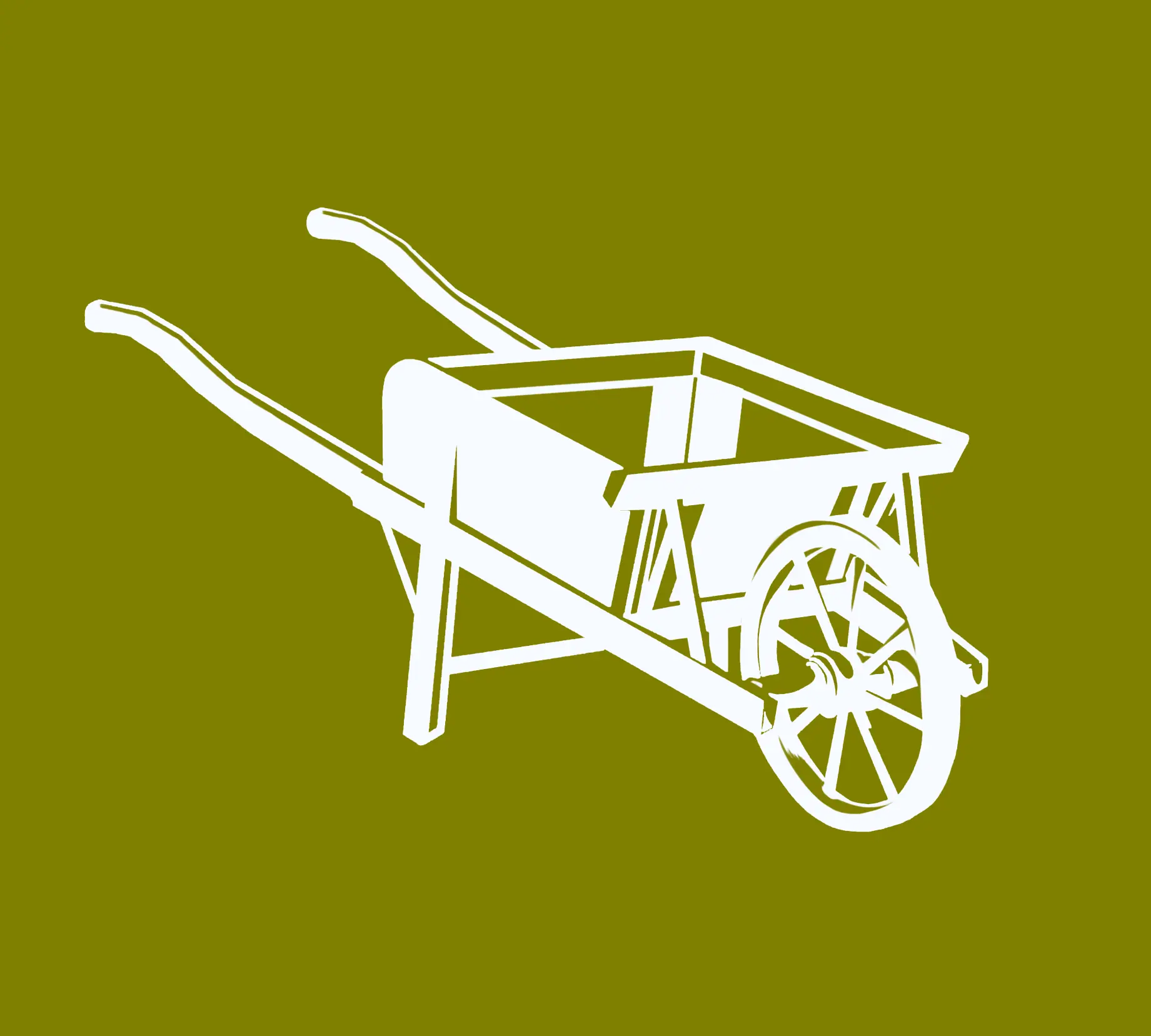The idea of giving one’s body back to the earth as a form of charity is an ancient idea. One form still practice in parts of the world even today is Sky burial, also known as celestial burial - a traditional funeral ritual practiced by Zorastrians and Tibetan Budists in parts of India, Buhtan, Mongolia, and China. This ancient ritual involves placing the deceased on a mountaintop or other elevated location where vultures and other scavenging birds can consume the body. The remains are believed to return to nature, and the act of feeding the birds is seen as a form of charity.
The practice of sky burial has a deep spiritual significance in Tibetan Buddhism and Zoroastrianism, where it is believed that the body is merely a vessel, and that the soul has moved on to the afterlife. The act of giving one's body back to nature is seen a gift, and a way of showing respect for the natural cycle of life and death. Additionally, the vultures are believed to carry the soul to the afterlife, which is seen as a sacred act.
Sky burial is also a practical solution for those living in remote areas where burial or cremation may not be possible due to lack of resources, such as wood for cremation or land for burial. In these cases, sky burial is seen as a sustainable and environmentally friendly alternative to traditional burial or cremation.
While sky burial may seem like a gruesome or macabre practice to outsiders, it is important to understand the cultural and spiritual significance it holds for those who practice it. It is a deeply meaningful and respectful way of honoring the dead and giving back to nature.
In India, following the rapid expansion of urban population and the near extinction (97%) of the indigenous vulture population due to human chemical interventions in agriculture – sky burial practitioners have been forced to adapt. They have begun using solar cremation in leu of what the vultures used to provide for them. However, repopulation efforts for the endangered birds are being pushed by arbiters of the religion.
The link between deathcare and conservation has deep roots. At Life After Life, we find ourselves interestingly in parallel with the philosophy to deathcare that these ancient religions hold. At the intersection of many different religious philosophies is a similar vein of thought. One of giving back to the earth. For the past few centuries our culture here in the United States diverged into a deathcare tradition of taking and preserving. It is time to go back to a “circular economy” philosophy of funeral practice.
By choosing eco-friendly burial options such as natural burial, which involves burying the body in a biodegradable casket or shroud without embalming chemicals, the bodies stored nutrients are allowed to return to the earth naturally, without harming the environment. Through Life After Life, this practice allows patrons to remediate pollution and build new, critically-endangered habitat that would otherwise never be redeveloped.
The ancient principles of sky burial remind us of our interconnectedness with the natural world and the importance of respecting and caring for our planet. By giving back to nature in ways that each of us can, we can honor those who have come before us and ensure that future generations have a healthy and sustainable planet to call home.

